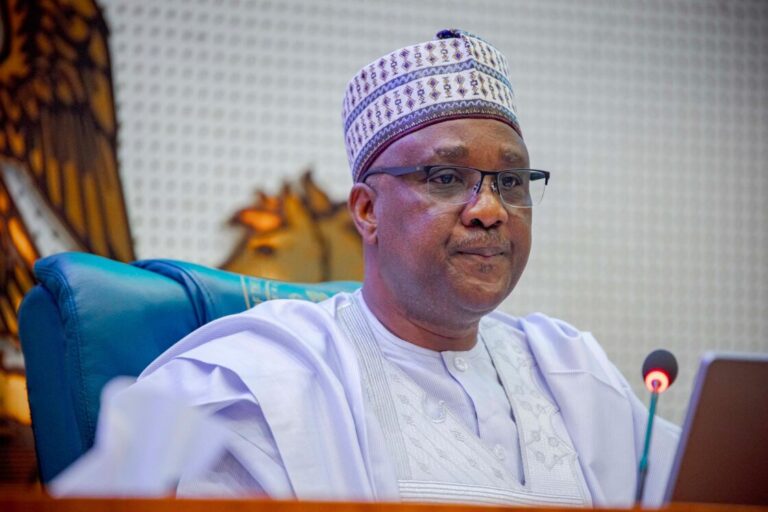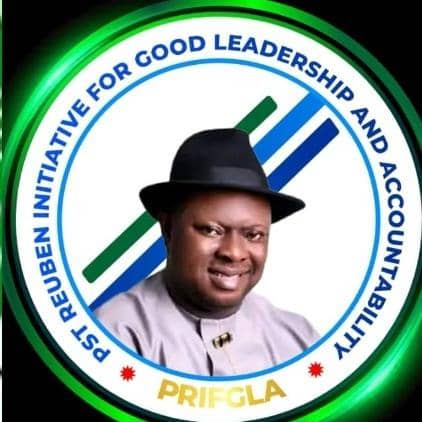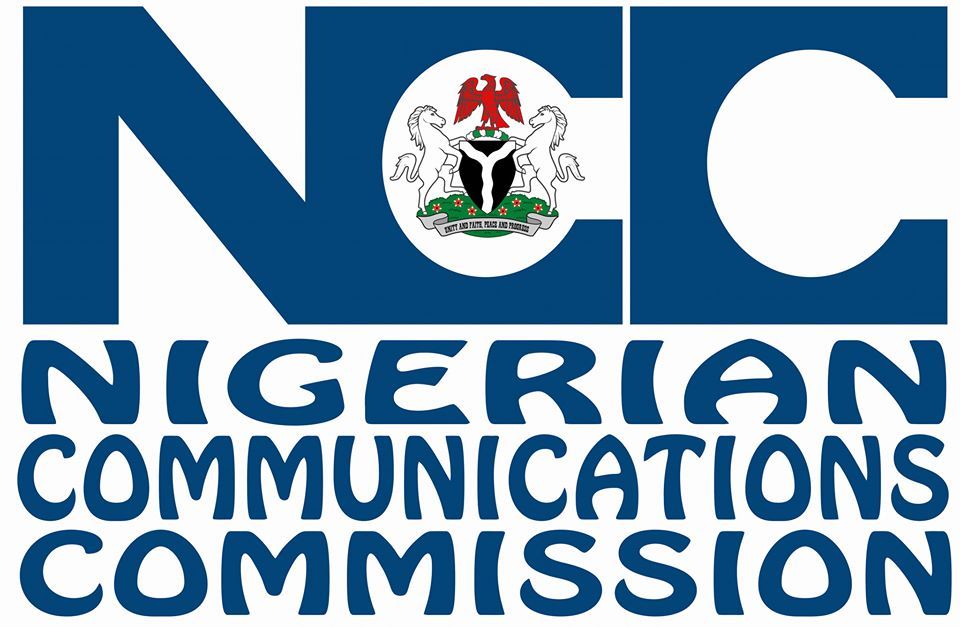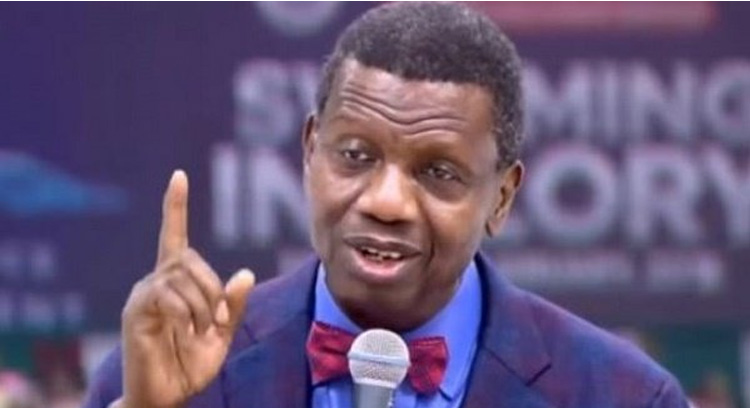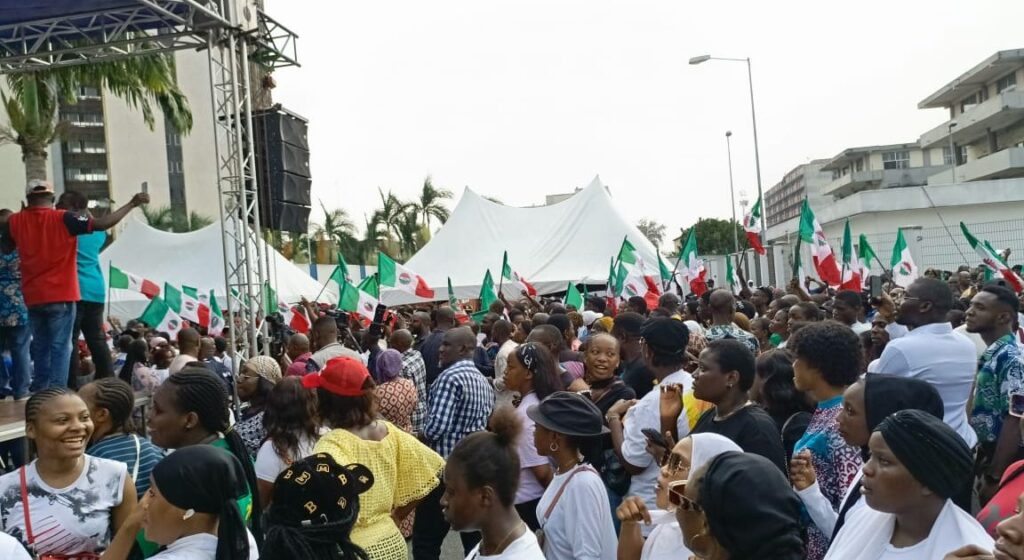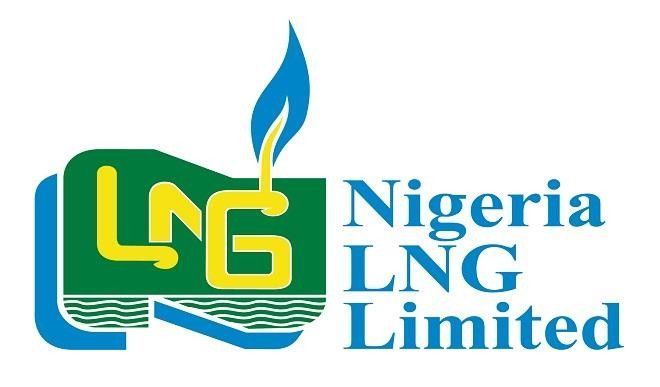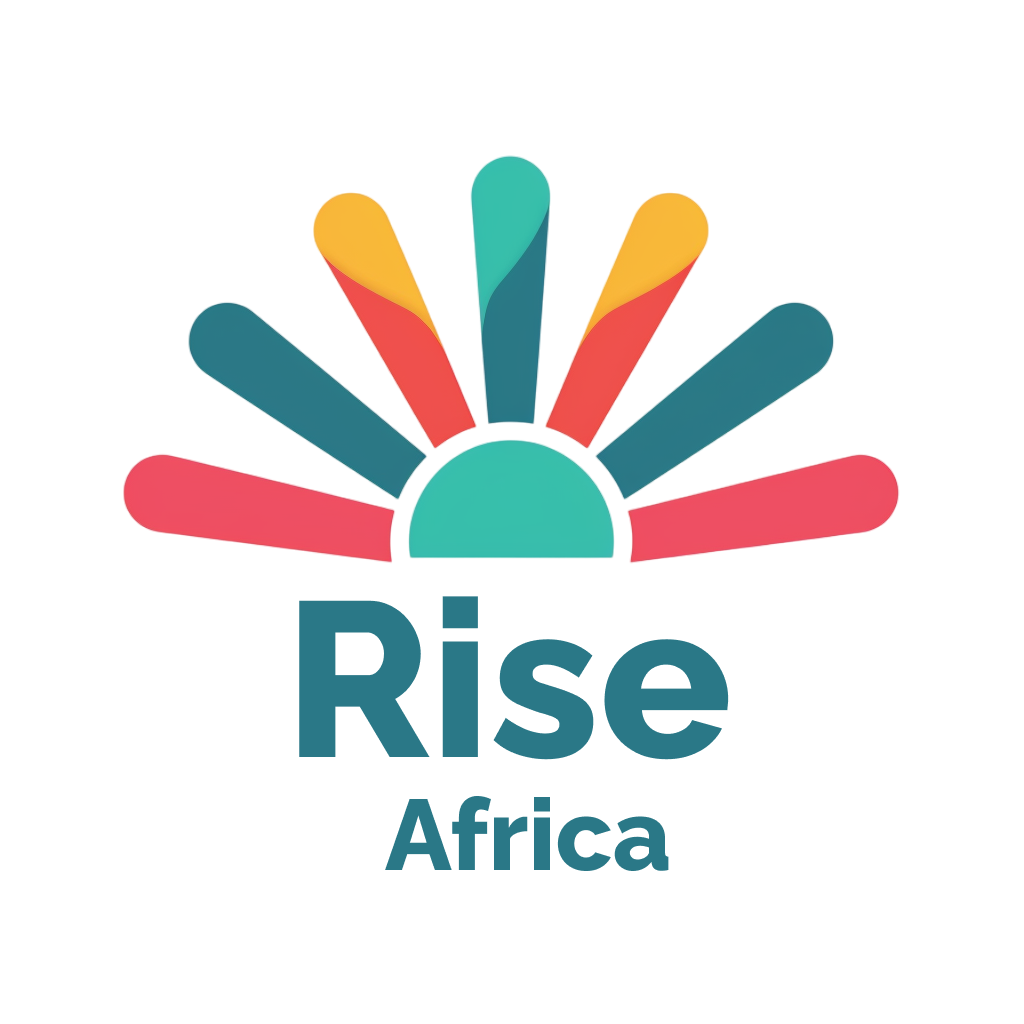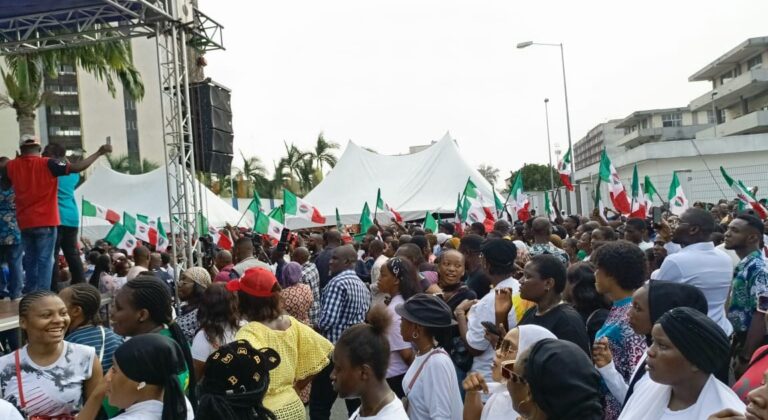Proliferation of tariff plans by mobile networks has been giving subscribers headaches, keeping them in dilemma on which to choose to get value for their money.
The four major mobile network operators in Nigeria have about 267 different tariff plans for both voice and data tied to promotion on their platforms.
This was revealed by the Nigerian Communications Commission (NCC) through its research on the complaints of subscribers concerning data depletion.
Explaining the outcome of the research at a 2-Day Upskilling On Trends In Telecom Industry For Media Stakeholders held in Lagos on Thursday, the Director, Public Affairs, Nigerian Communication Commission (NCC), Dr. Ikechukwu Adinde, said majority of the telecoms subscribers did not know the actual tariffs charged by their network providers.
Analysing the various tariff plans by the telcos, Adinde said MTN as the largest operator, currently had 159 tariff plans, with 14 for voice and 145 for data. Airtel has 27 for voice and 41 for data services.
Globacom has six for voice and 32 for data, while 9mobile has seven different tariff plans for voice and 97 for data. According to him, the situation has made it difficult for many subscribers to actually select the beat tariff plan for them since there is proliferation of such plans on the networks of their providers, noting that most times, the difference between two tariffs is not discernable by the subscribers.
He said this had been affecting the quality of experience (QoE) advocating by the Agency, and so creating uncertainty for the consumers.
Meanwhile, he said the Commission was going to streamline the various tariff plans to just seven for better understanding of the consumers and to enhance the quality of experience.
“The whole idea is to ensure that consumers have a good experience, because too many tariff plans affect the quality of service – all benefits or allowances, voice, SMS and data must be seated in clear, useful and user friendly formats. “We don’t get this kind of transparency many of us are passionate about.
I was able to state how much this time you use per session. Every time you use maybe five minutes on YouTube, two minutes of maybe Netflix, three minutes of Facebook experience, and all of that.
So this new data says how much per second for SMS, for voice and for data. Now on the other side, the Commission will then publish approved times on the Commission’s websites.
We’re going to do this correctly. So under this simplification regime, approved times across all records. So when you go to our website, you will see the tariff plans for voice and for data across the different levels.
